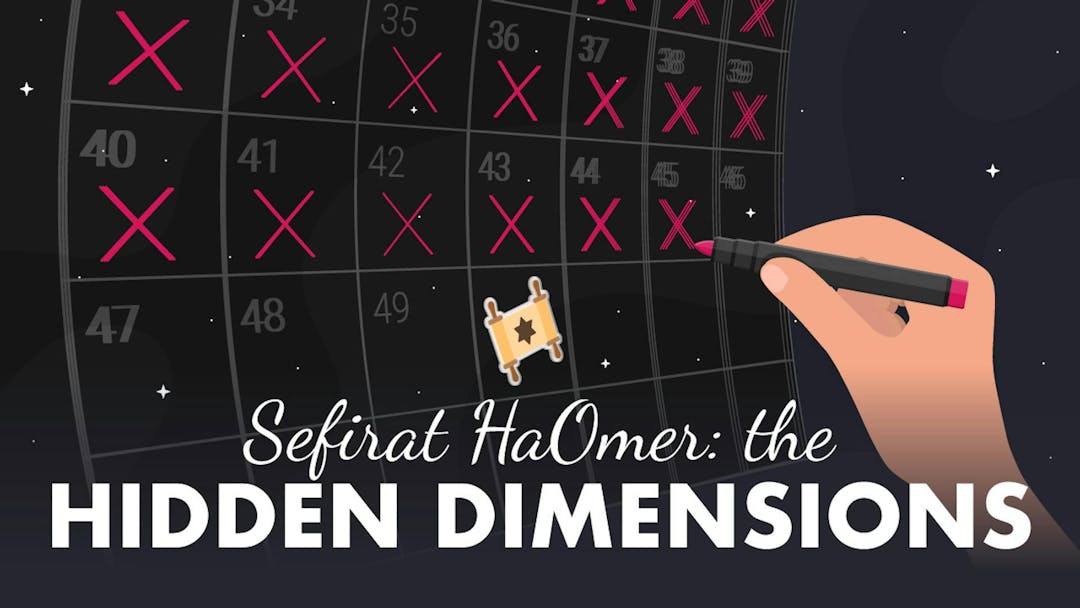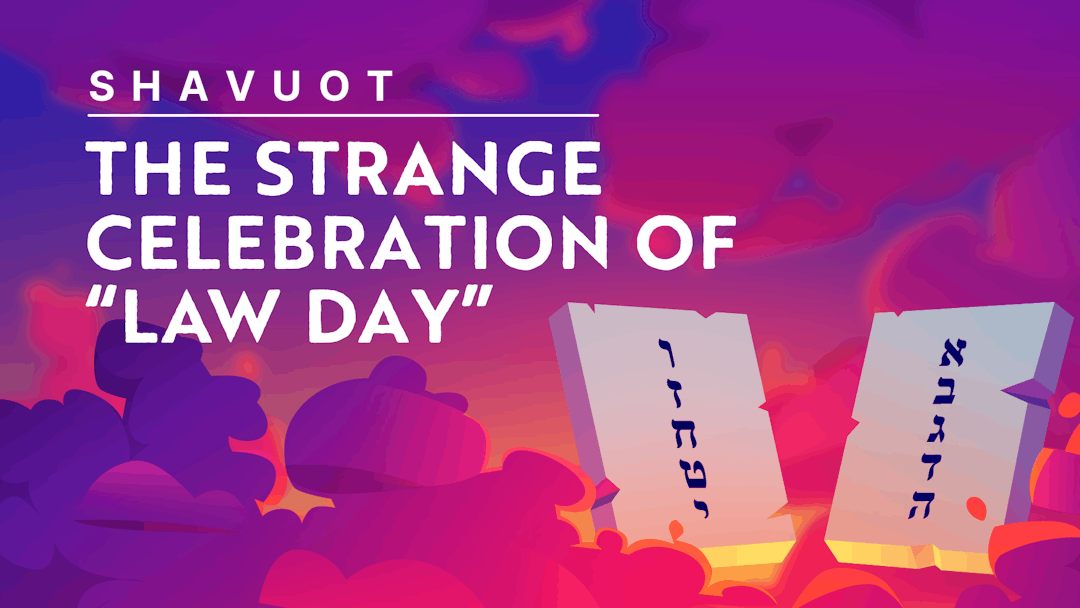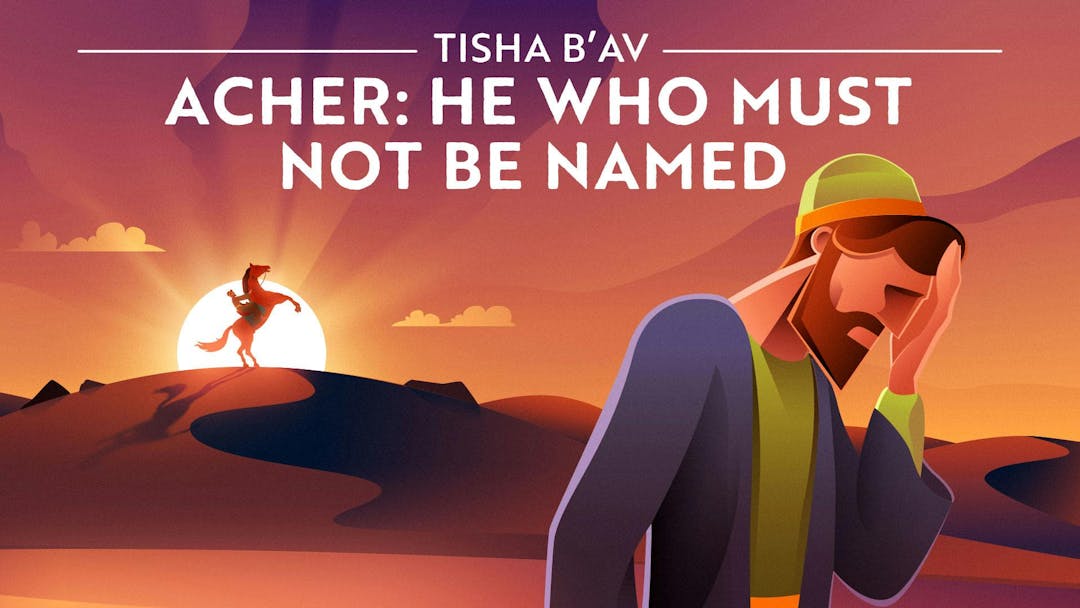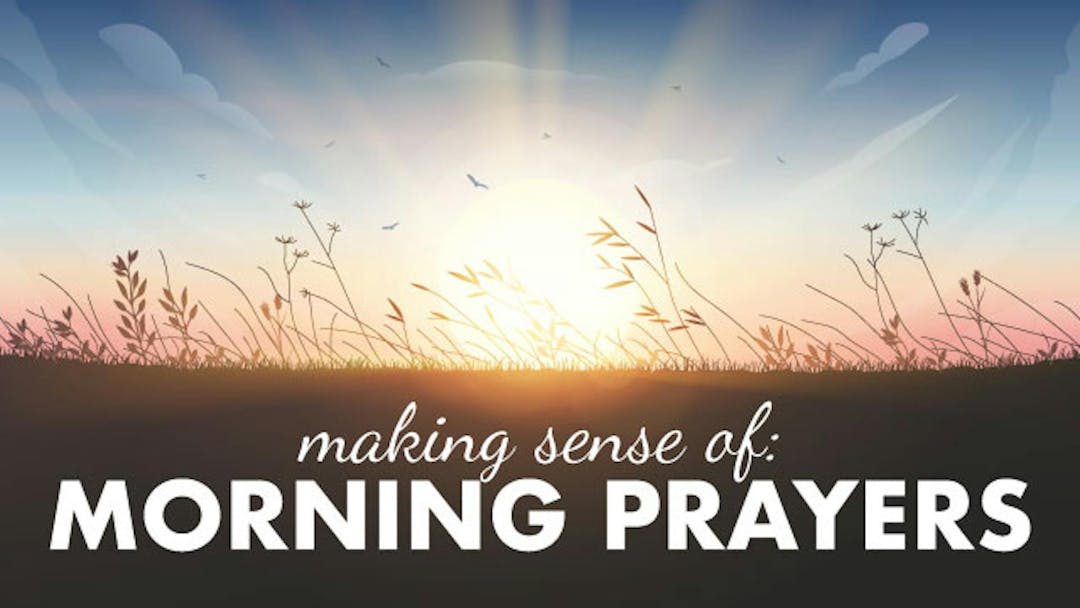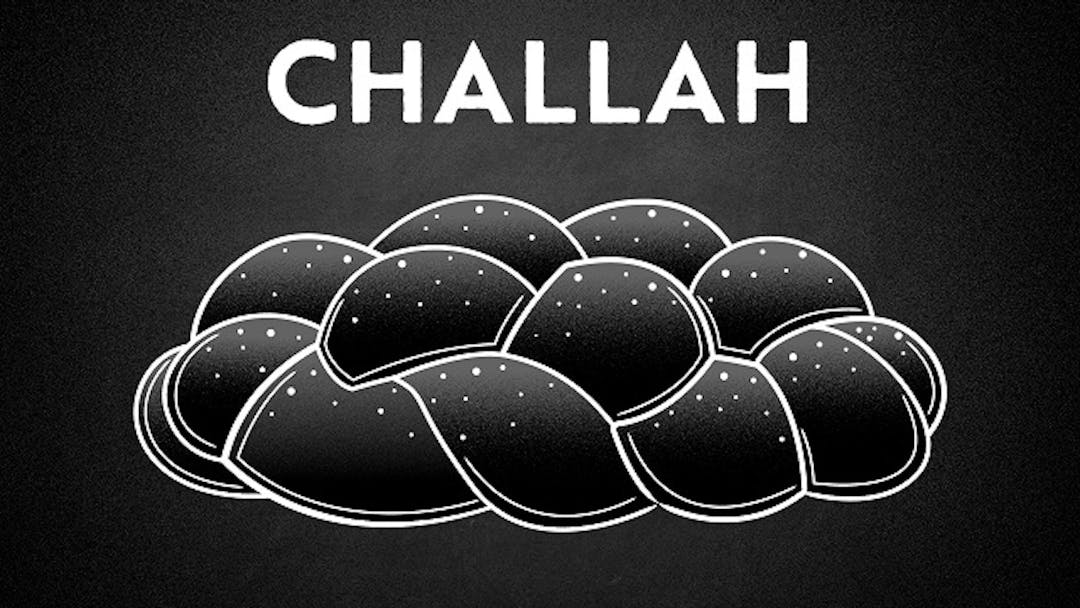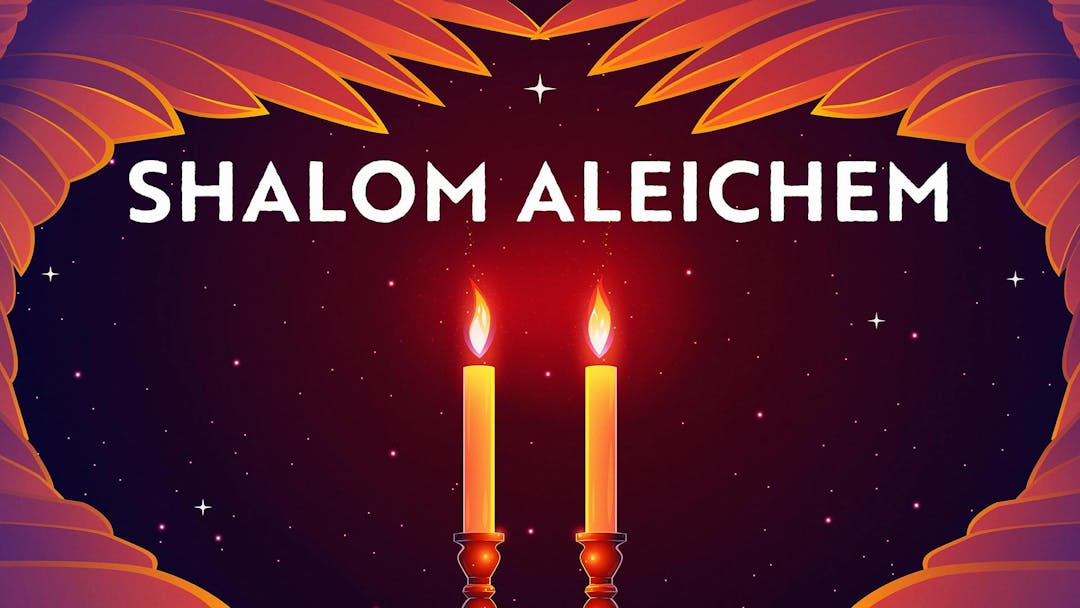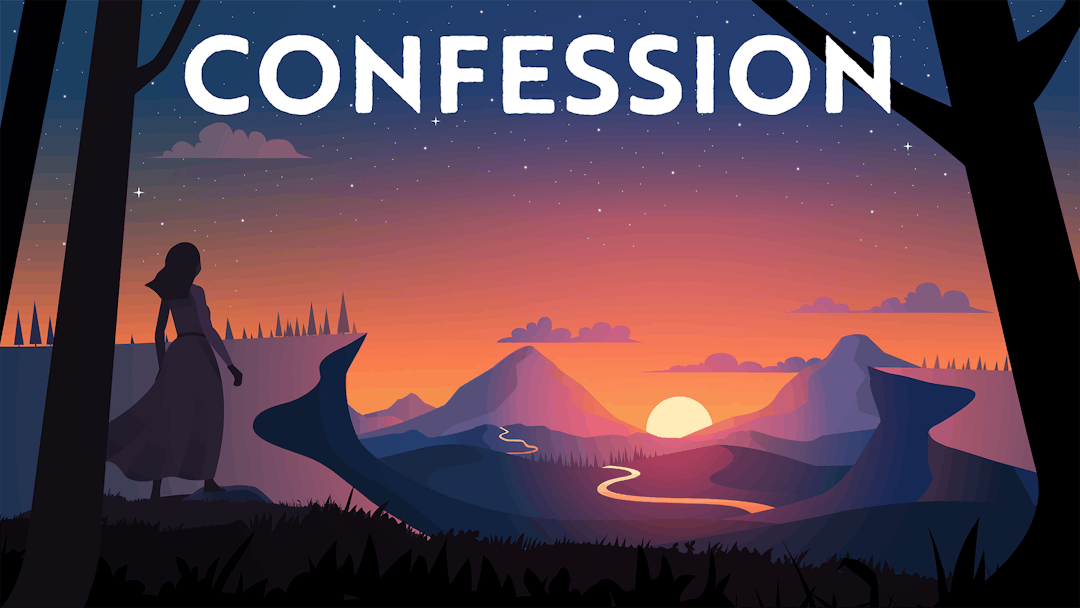Start your free trial today to unlock the full library and enjoy unlimited and uninterrupted access.
Get StartedRabbi Shimon Bar Yochai
How a Mystic Came Back Down to Earth
Lag baOmer. It’s the day when we put aside (or pause) the mourning of the Omer, switch the radio back over to FM, and get those long-overdue haircuts and shaves. But what happened on Lag baOmer that makes it such a special day? What exactly are we celebrating?
One reason, according to tradition, is that we commemorate the anniversary of the death of Rabbi Shimon bar Yochai: the great Talmudic sage from the second century, who famously spent all of his time studying Torah. Today, tens of thousands of people travel to his burial place in Meron, a small town in northern Israel, where they sing and dance around giant bonfires to celebrate his legacy. But who exactly was Rabbi Shimon Bar Yochai? What about his legacy is so important that we celebrate it every year?
Well, for one thing, Rabbi Shimon bar Yochai was the man who, according to the Talmud, almost burnt the world to a crisp.
Oh, you’ve never heard that story? Do you want to hear it? It’s a good one — and it just may hold the key to understanding Lag baOmer. If you’d like to get to know the man whose legacy is one of the driving forces behind this holiday, come and join us and study this important Talmudic story about his life. Spoiler alert: there are lasers (kinda)!
Learn more about this holiday by visiting our page on Lag BaOmer.
Want to watch the full video for free?
Enter your email and we’ll send you a link to watch the full series free.
What is Aleph Beta?
Aleph Beta is a unique kind of Torah library. Led by our founder, Rabbi David Fohrman, we are dedicated to high-level, textual Torah learning for adults that is intellectually and spiritually sophisticated, that enlivens your Jewish practice and helps you forge a deeper connection to God. Whether you’ve been learning in yeshiva for years or you’re just beginning your Torah journey, you’re sure to find something meaningful and surprising waiting for you here.
Browse our library of over 1,000 beautifully produced animated videos, podcasts, deep dive courses, and printable guides. Topics include the weekly parsha, Jewish holidays & fast days, laws & mitzvot, prayers, relationships, big philosophical ideas and more. Have something to say at the Shabbos table that will amaze your family and guests and bring deep meaning into their lives.
